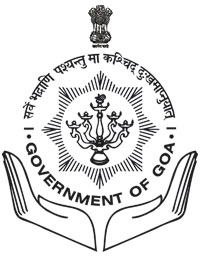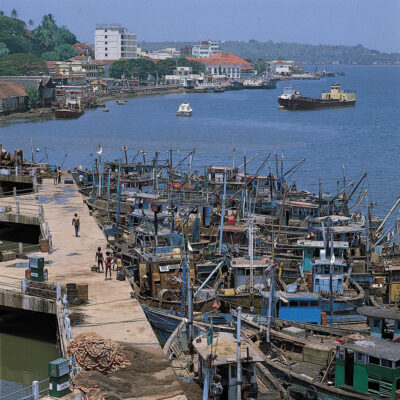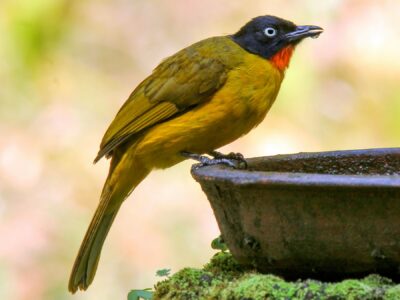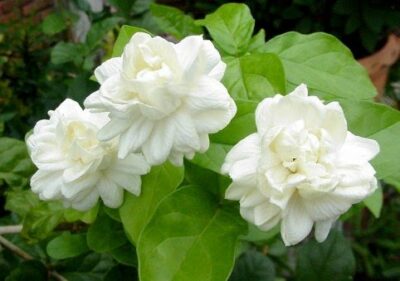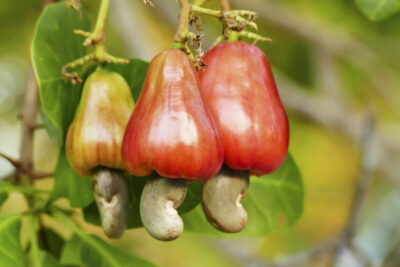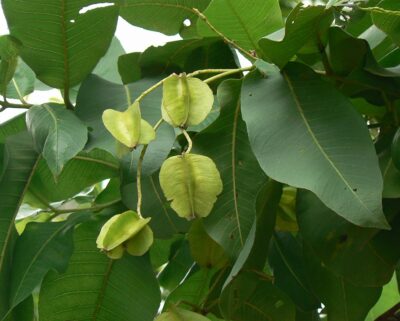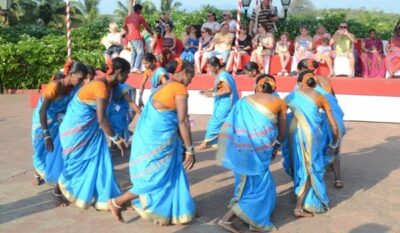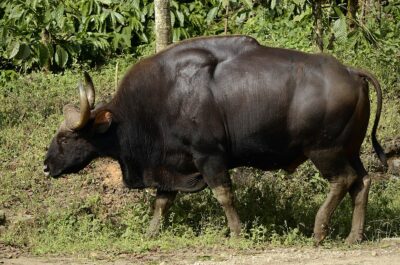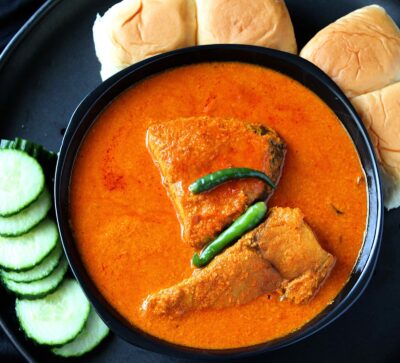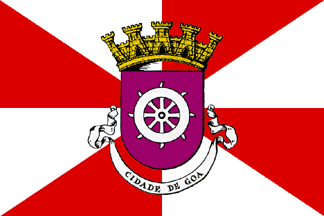State Symbols of Goa
Last updated on January 21st, 2023 by Editorial Staff
By | Updated on January 21, 2023
Reviewed by Rittika
Goa is the “Rome of the East” or “India’s Miami”. It is situated on the southern coast of India. In terms of land area, it is one of the smallest states and the fourth-smallest in terms of population. Goa consists of a continental region and a distant island in the southwest coastal region of India. Maharashtra surrounds it from the north side, on the east and south by Karnataka, and on the west by the Arabian Sea. The eleven rivers of Goa that are recognized as the state’s lifelines are the Terekhol, Mandovi, Baga, Zuari, Colval, Saleri, Mandre, Harmal, Sal, Talpona, and Galjibag.
Panaji City is the capital of Goa. Konkani is Goa’s official language, followed by Hindi, English, Portuguese, Marathi, Urdu, and Kannada. Shri Pramod Sawant is the 13th and current Chief Minister and Shri P.S. Sreedharan Pillai governor of Goa.
Demographical Profile
Goa has a total area of 3,702 km2 and a population of 1.6 million people. Goa has an 88 percent literacy rate, with a sex ratio of 973 females for 1000 males.
Climatic Conditions
The total literacy rate of Goa in 2011 was 88.70%. Goa’s climate is tropical and hot all year, with a lengthy and sunny season that lasts roughly from mid-October to mid-May, and a rainy season that lasts roughly from late May to early or mid-October, and is marked by stuffy temperatures, cloud cover, and regular rains that are sometimes torrential. The state’s entire forest cover is more than 1,424 square kilometers, accounting for about a third of the total land area. Bamboo, Maratha bark, chillar bark, and bhirand are all essential forest products. These are quite valuable in terms of economics for the rural population. Except in the higher reaches of Goa, coconut trees may be found practically everywhere. Cashew, mango, jackfruit, and pineapples are among the fruits grown in Goa.
Wildlife and Natural Vegetation
Goa, on India’s west coast, is one of the most beautiful states in the country. It has palm-fringed beaches, kilometers of golden sands, lush green countryside, a remarkable mosaic of historic treasures, great churches, temples, forts, and monuments, and a unique cultural synthesis of the east and west. Goa is a year-round tourism destination due to its tropical environment. Goa is rich in culture, music, dances, and art forms, all of which can be appreciated at local festivals and celebrations. Wildlife sanctuaries can be found around the state.
The state animal and bird of Goa are Gaur and blank-crested bulbul.
Economy
Because Goa is a small state, it relies on its neighbors for milk, poultry, and vegetables.
Goa’s soils are predominantly lateritic. They have a sandy loam to silt-loam texture, are well-drained, and have a high acidity level (5.5 to 6.5 pH). These soils have a moderate amount of organic carbon but are deficient in potassium. Sandy-to-sandy loams make up around 11% of the soils along the seacoast and estuaries. Rice is the most important crop, which is grown during the rainy season from June to September, followed by cereals such as pulses, ragi, maize, jawar, bajra, and legumes small millets. Other important plantation crops include areca nut, coconut, and cashew, while garden crops include pineapple, mango, bananas, and jackfruits. Various varieties of bark and bamboo canes are also gathered from the forest.
Cultural Heritage (Art, Music, and Cuisines)
Goa’s performing arts are one-of-a-kind and have a particular Goan flair. Handicrafts in Goa are made from natural materials such as clay, seashells, paper, bamboo, and brass, and have grown rather popular among tourists who purchase them as gifts from the state.
The acidic and distinct flavor of Goa food is well-known. The basic components of a Goa meal are coconut milk, rice, and seafood. The dish still has a strong Hindu flavor and reflects many features of the Portuguese influence on the cuisine. Kokum is commonly utilized in Goa cuisine. In the state of Goa, fish curry is a popular meal.
Folk dance and music are the lifeblood of the Goan people and are an inseparable element of their culture. In Goa, merrymaking is incomplete without soul-soothing music and folk dance, regardless of the occasion or event. Dekni, Kunbi, and Gofftoo are popular Goa folk dances.
Goa’s traditional music, including folk songs, is best heard in the state’s rural areas. Mando Suvari, Ovi, Dhallo, and Duvallo are some of the most prominent Goan traditional music.
Ladies in Goa wear dresses or gowns, whereas Hindu women wear the Nav-vari sari. Pano Bhaju, Valkal, a string of beads, and leafy loincloths, which are still used in tribes, are other traditional Goa costumes. Kashti is a saree knot that is tied.
All the world’s greatest musicians hail from Goa viz., Emiliano D’cruz, Prince Jacob, Souza Boy, M.Boyer, Alfred Rose, Kid Boxer, Rosario Rodrigues, Tony King, and J. B. Rod are some of Goa’s best known-singers.
Tourism
Goa is India’s most visited tourist destination. Churches, forts, beaches, ferry excursions, and folk music are all popular attractions. Goa is the state that contributes the most to the Indian economy and tourism. Goa’s internal greatness is easy to witness, with stunning common magnificence and vibrant societies. Goa’s pleasant people, wonderful food, recorded buildings, and multicultural nature are far more than sun-drenched seashores and Rave parties.
Basilica of Bom Jesus, St. Cathedral Church, Lord Shiva Temple at Mangueshi, and Mahalasa Temple are some of the important tourist sites. Candolim Beach, Baga Beach, Sinquerim Beach, Bambolim Beach, Arambol Beach, Vagator Beach, Benaulim Beach, Palolem Beach, Agonda Beach, Mobor Beach, and Cavelossim Beach are the most well-known.
Some of Goa’s most prominent waterfalls include Dudhsagar Waterfall, Kesarval Springs, Mayem Lake, Arvalem Waterfall, and Kuskem Waterfall.
State Information
| Official Language | Konkani |
| State Rank | 28 |
| Demonym(s) | Goan, Goenkār |
| Nickname | "Pearl of the Orient" and a "Tourist Paradise" |
| ISO | IN-GA |
| Formation Date | 30 May 1987 |
| Coordinates | Lat: 15.2993° N, Long: 74.1240° E |
| Area |
State seal
Motto of Goa
State symbols of Goa 👇
-
State capitalPanaji
-
State birdFlame-throated bulbul
-
State flowerJasmine
-
State fruitCashew
-
State treeMatti Terminalia crenulata
-
State danceDhalo
-
State animalGaur
-
State dishGoan Fish Curry
